Recent smartwatches offer more than just a pedometer. They now make it possible to measure heart rate, but also VO2max, SpO2 and even ECG. We will explain everything to you.
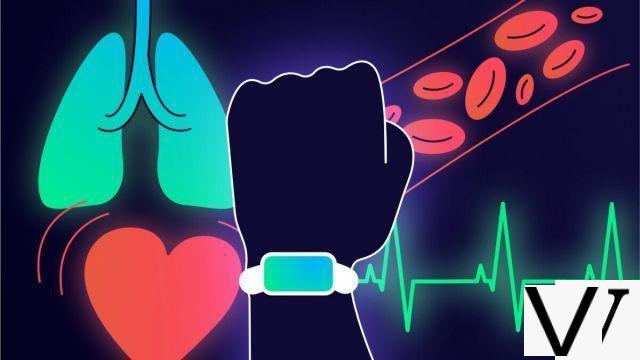
It seems a long time ago when manufacturers of connected watches and bracelets only offered simple pedometers attached to the wrist. Now, manufacturers offer a multitude of sensors and collect or analyze a lot of data about your health. Even the most accessible models now have a built-in heart rate monitor. On the most high-end watches, we will sometimes even find an electrocardiogram. Sometimes we can even have measurements that can seem more complex like SpO2 or VO2max.
To learn more
What are the best smartwatches in 2021?
But what does all this data correspond to? What do they measure and how can users use them to improve their health and possibly their athletic performance? This is what we will see in this file.
Video explanations
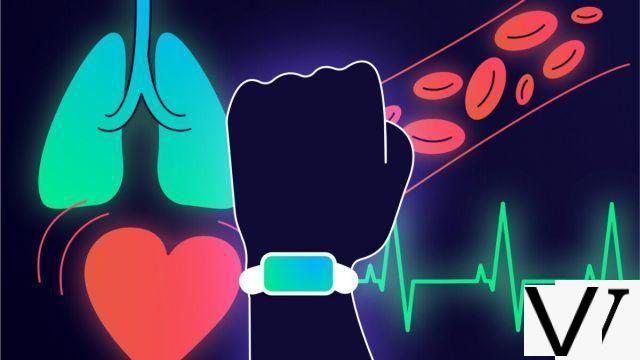
YouTube linkSubscribe to Idroid
Heart rate measurement
The heart rate is the main data measured by connected watches and bracelets. Most of the time, this measurement is made with a fairly simple tool, the heart rate monitor. It is in fact a sensor, attached to the back of the watch or the bracelet, which will use a principle with the name to say the least complicated, photoplethysmography.
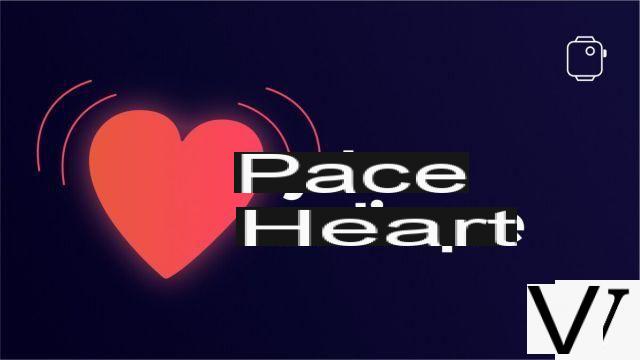
Concretely, the heart rate monitor has two objectives: to send a pulsed green light, and to measure the amount of reflected light. This is photoplethysmography. The more green light is reflected, the more it means that your blood flow is important, and therefore that your heart is beating at a rapid rate. If your heartbeat is spaced out, then you will have less blood flow and the green light will be absorbed more through the skin. This is why the heart rate monitors of watches and bracelets send a light at a very high rate, to know the variations in blood flow and therefore be able to give a measurement as close as possible to your real heart rate.
What is my heart rate?
As with the pulse measurement, the heart rate monitor will give you a measurement of your heart rate in number of beats per minute. A healthy person's resting heart rate is generally estimated to be between 50 and 80 beats per minute. Nevertheless, in activity, the pace will necessarily increase. It is in this context that connected watches and bracelets are also the most useful.
Indeed, manufacturers sometimes offer continuous monitoring of your heart rate, or even an even more precise trace throughout your workout. What to compare these data with other elements such as the difference in height or the pace of walking. Above all, the heart rate is an excellent indicator not only of his level of health, but also of his athletic performance.
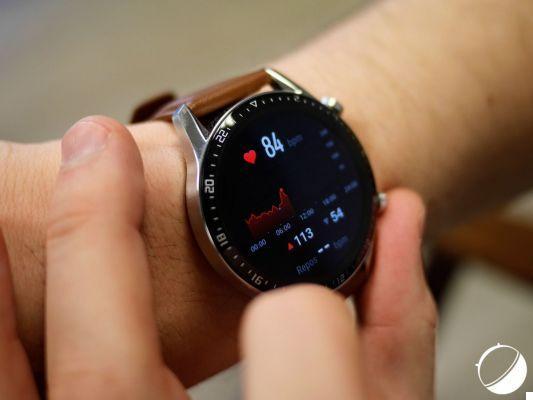
Heart rate analysis on the Huawei Watch GT2 // Source: Idroid
Often, the goal of cardio training such as running or cycling is precisely to vary the heart zone, between light intensity, moderate intensity or high intensity, for example in an interval training. The reserve heart rate corresponds to the ideal heart rate on which you must remain fixed during your exercise for good efficiency.
VO2max, maximum volume of oxygen absorbed
More and more, we see the appearance of a certain “VO2max” among the various data measured by connected watches and bracelets. This is particularly the case with the latest versions of the Apple Watch, the Apple Watch SE and Apple Watch Series 6.
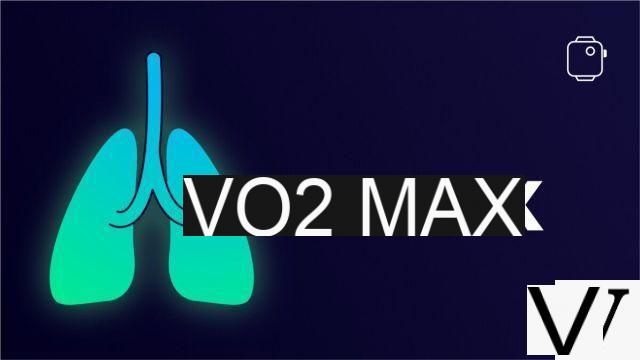
However, Apple is not the only manufacturer to offer this type of measure, since they are available on the Samsung Galaxy Watch 3, the Huawei Watch GT or the Xiaomi Mi Band 5.
What is a good VO2max?
It must be said that qualifying the VO2max as a measurement is a misnomer, since connected watches and bracelets do not actually measure it, but simply calculate it. To understand this, it suffices to explain that the VO2max corresponds to the maximum volume of oxygen that can be absorbed. In other words, it is therefore the maximum oxygen consumption, expressed in liters of oxygen per minute per kilogram (L / min / kg).
In practice, however, many manufacturers are content to offer a more graphic approach, with a dial showing the level of VO2max and a cursor pointing to the level - low, medium, high, etc. A good VO2Max is generally considered to be around 45 ml per minute per kilogram in men and 35 ml per minute per kilogram in women.
How is VO2max measured?
To accurately measure VO2max, athletic institutes use treadmill systems with a mask that measures the flow of oxygen inhaled by the runner at their highest pace. Suffice to say that this type of measurement is not supported by sports watches and bracelets. They are content for their part to combine the various data recorded, such as heart rate, age, weight, sex or pace to derive a calculated VO2max, which will therefore be less precise than in the laboratory. There are two methods of doing this, requiring you to run as fast as possible for 12 minutes. Once this time has passed, the watches measure the distance traveled and deduce the VO2max using two formulas:
- (22,35 x distance in kilometers) - 11,288 = VO2max
- Maximum aerobic speed x 3,5 = VO2max
Given its very purpose - to measure maximum oxygen uptake - VO2max cannot be calculated all the time. The data is therefore often only available when you are in training mode on your watch or your bracelet, since your heart rate must be particularly high.
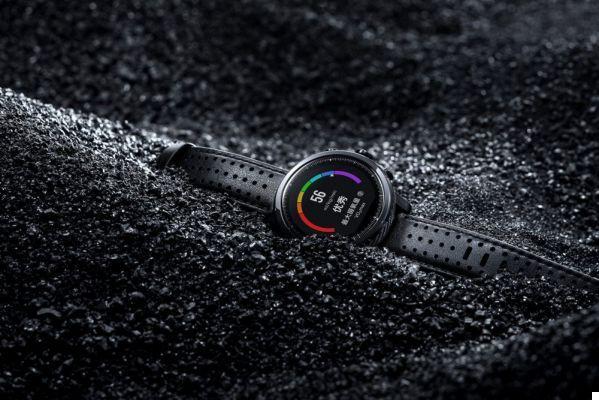
Measuring VO2max on the Amazfit Pace
Concretely, the VO2max will allow you to know your performance in terms of endurance. The higher the VO2max, the more oxygen you will be able to assimilate and the less quickly you will get tired. As with the heart rate, it is therefore an indicator to monitor as you train in order to improve it in order to be more and more enduring.
SpO2, oxygen saturation in the blood
If the name of SpO2 may seem close to that of VO2max, this is quite a separate piece of data. While VO2max is only calculated by devices, SpO2 is actually measured. It is in fact the pulsed oxygen saturation in the blood, a data which will make it possible to measure the rate of oxygen circulating in your blood and thus to detect possible oxygen deficiencies.
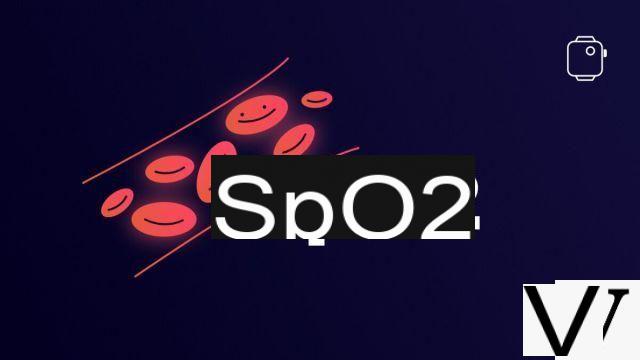
Once again, SpO2 is available on the new Apple Watch Series 6, but we also find this measurement on the Withings ScanWatch or the Samsung Galaxy Watch 3. To make this measurement, these watches use a similar system close to that of a medical equipment, a small cap in which you will place your finger and which, thanks to pulsed light, will be able to measure the reflected light and the light absorbed according to the level of oxygen in the blood. On connected watches and bracelets, it is therefore the same system which is deported this time to the wrist. Note that we therefore have here a system quite similar to that of the heart rate. However, this time it is a red light, not green.
What is the normal level of oxygen in the blood?
The very role of the blood being to carry oxygen everywhere in the body, it is considered that a normal saturation is 95 to 100%. Below 95%, one can start to worry about a lack of oxygenation. Generally, this measurement is to be put in relation with the VO2max, since a low volume of assimilated oxygen can explain a low level of oxygen in the blood.
Concretely, the measurement of SpO2 can be interesting for athletes at altitude, or for people with breathing difficulties. As part of Covid-19, it was discovered that one of the symptoms of the virus was a drop in the level of oxygen in the blood.
The electrocardiogram, to visualize your heartbeats
One of the latest innovations introduced in recent years on some connected watches is the electrocardiogram (ECG). It is in fact a data even more precise than the simple heart rate, since it is about a graphic visualization of the electrical signals of the heart, in the form of curve.
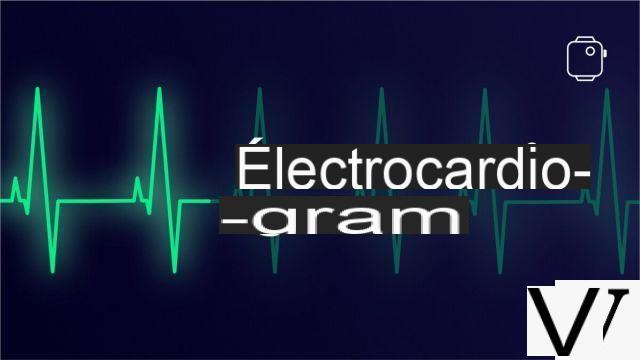
We will find this measurement on a handful of devices only. It must be said that unlike the heart rate monitor, the electrocardiogram is a medical device. To be able to offer it to their users, manufacturers must therefore have their connected watches certified by health authorities, whether it is the FDA in the United States or the European Commission in Spain. This is the case of Apple since the Apple Watch Series 4, but also of Withings with the ScanWatch or of Samsung with the Galaxy Watch Active 2. However, all countries are not in the same boat and the ECG function of some watches may only be available in certain countries. This is the case, for example, of the Galaxy Watch Active 2 which benefits from the electrocardiogram in South Korea, but still not in Spain.
Concretely, to offer an electrocardiogram, connected watches will send a weak electrical signal into the user's body which will pass through the wrist where the watch is attached and a second point. It is therefore necessary for users to touch a certain place on the watch - for example the crown on Apple Watches - and to wait for about XNUMX seconds.
What is my electrocardiogram?
You will then be able to discover the curve of the electrical signal of your heart, corresponding to its activity. The main advantage of the electrocardiogram, particularly in general public use, is to detect possible atrial fibrillations. In other words, the ECG will allow you to see if your heart has missed one or more beats, if it is beating too slowly, too fast, or irregularly.
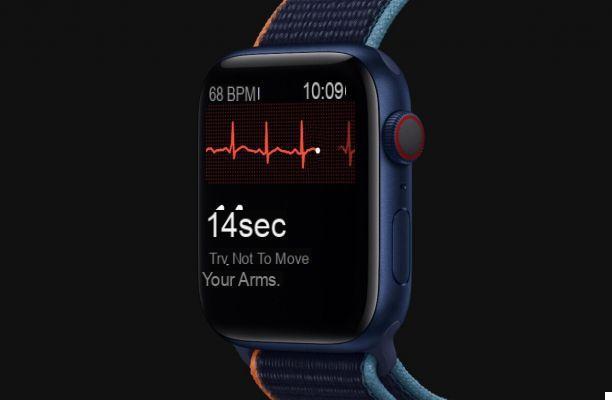
Apple Watch Series 6 has an ECG function
Unlike other data which mainly responds to sports use, the electrocardiogram is therefore a real health device. It will therefore allow you to notify your doctor in the event of a heart problem so that you can consult and be offered medical treatment. However, since the ECG requires you to put your hand on your watch, the function cannot be activated permanently, or randomly. It is therefore up to the user to regularly use the functionality to discover a potential cardiac arrhythmia.


























